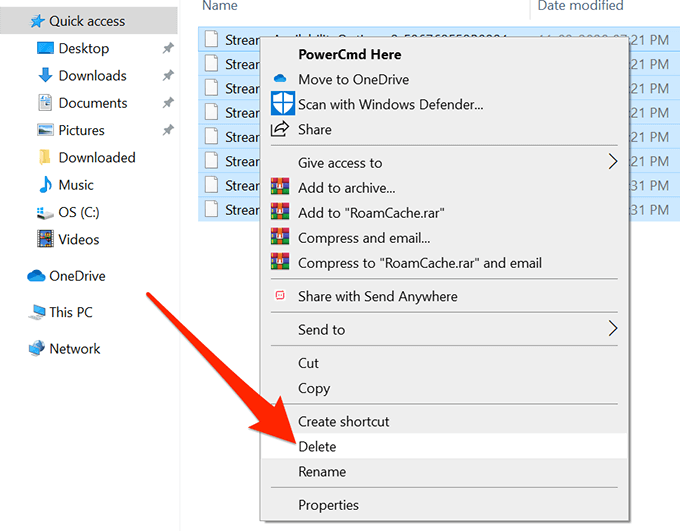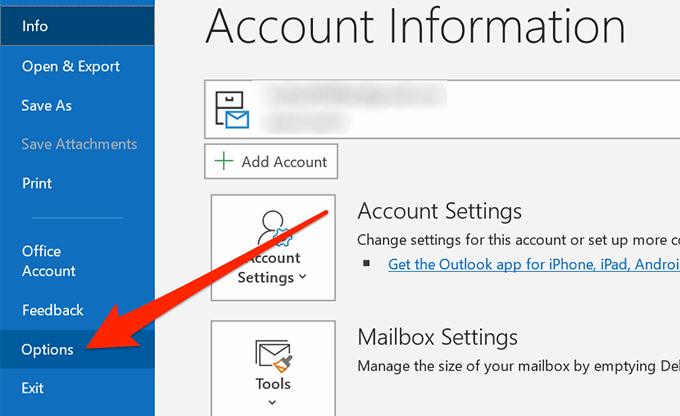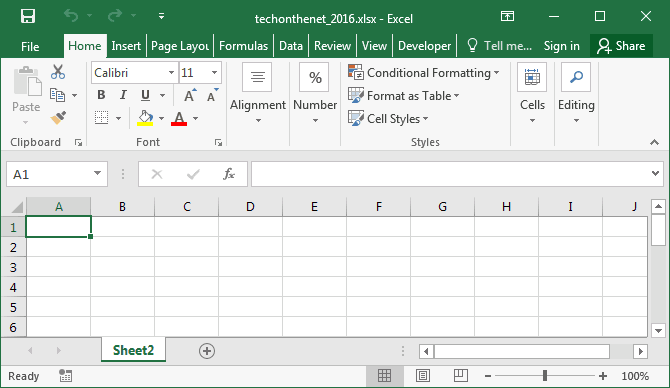-->
- Office typically repairs the document cache files if it detects problems. If the cache files are corrupt and irreparable, deleting them allows Office to repair itself by replacing the corrupt files. Reboot and sync: This step is when Office repairs the cache. After the cache is.
- Step 3: After a while, you can get the junk-scanning results. To only choose Font Cache, you can uncheck the box in front of the Junk file scan result option and then check Font Cache. Now, it's time to delete the Font Cache by clicking Clean. Step 4: Restart Windows 10 and the system will rebuild the Font Cache. Related Articles.
- The only solution is to delete it and have Microsoft Office create a fresh cache for its documents. The Solution - Kill the Processes Using the Cache & Delete It The first step is to close all Microsoft Office applications. There should be no Office document opened.
- Microsoft offers new and advanced updates regularly on Office 365, sometimes the auto-update feature does not work on Mac. This will force you to uninstall the older version of Office and reinstall the newer one.
Delete Microsoft Office Cache Mac
You can remove an add-in that you've previously sideloaded on Windows, Mac, or iOS by clearing the Office cache on your computer.
Additionally, if you make changes to your add-in's manifest (for example, update file names of icons or text of add-in commands), you should clear the Office cache and then re-sideload the add-in using updated manifest. Doing so will allow Office to render the add-in as it's described by the updated manifest.
Clear browser cache in Safari, Chrome & Firefox browsers. How to clear cache in Chrome?
Clear the Office cache on Windows

To remove all sideloaded add-ins from Excel, Word, and PowerPoint, delete the contents of the folder:
If the following folder exists, delete its contents too:

To remove a sideloaded add-in from Outlook, use the steps outlined in Sideload Outlook add-ins for testing to find the add-in in the Custom add-ins section of the dialog box that lists your installed add-ins. Choose the ellipsis (...) for the add-in and then choose Remove to remove that specific add-in. If this add-in removal doesn't work, then delete the contents of the Wef folder as noted previously for Excel, Word, and PowerPoint.
Additionally, to clear the Office cache on Windows 10 when the add-in is running in Microsoft Edge, you can use the Microsoft Edge DevTools.
Tip
If you only want the sideloaded add-in to reflect recent changes to its HTML or JavaScript source files, you shouldn't need to clear the cache. Instead, just put focus in the add-in's task pane (by clicking anywhere within the task pane) and then press F5 to reload the add-in.
Note
To clear the Office cache using the following steps, your add-in must have a task pane. If your add-in is a UI-less add-in -- for example, one that uses the on-send feature -- you'll need to add a task pane to your add-in that uses the same domain for SourceLocation, before you can use the following steps to clear the cache.
Install the Microsoft Edge DevTools.
Open your add-in in the Office client.
Run the Microsoft Edge DevTools.
In the Microsoft Edge DevTools, open the Local tab. Your add-in will be listed by its name.
Select the add-in name to attach the debugger to your add-in. A new Microsoft Edge DevTools window will open when the debugger attaches to your add-in.
On the Network tab of the new window, select the Clear cache button.
If completing these steps doesn't produce the desired result, you can also select the Always refresh from server button.
Clear the Office cache on Mac
Delete Microsoft Office Cache Mac Pro
Add-ins are often cached in Office for Mac, for performance reasons. Normally, the cache is cleared by reloading the add-in. If more than one add-in exists in the same document, the process of automatically clearing the cache on reload might not be reliable.
You can clear the cache by using the personality menu of any task pane add-in.
Choose the personality menu. Then choose Clear Web Cache.
Note
You must run macOS version 10.13.6 or later to see the personality menu.
You can also clear the cache manually by deleting the contents of the ~/Library/Containers/com.Microsoft.OsfWebHost/Data/ folder.
Note
If that folder doesn't exist, check for the following folders and if found, delete the contents of the folder:
~/Library/Containers/com.microsoft.{host}/Data/Library/Caches/where{host}is the Office application (e.g.,Excel)~/Library/Containers/com.microsoft.{host}/Data/Library/Application Support/Microsoft/Office/16.0/Wef/where{host}is the Office application (e.g.,Excel)~/Library/Containers/com.microsoft.Office365ServiceV2/Data/Caches/com.microsoft.Office365ServiceV2/~/Library/Containers/com.microsoft.Office365ServiceV2/Data/Library/Caches/com.microsoft.Office365ServiceV2/

Delete Microsoft Office Cache Mac Catalina
Clear the Office cache on iOS

To clear the Office cache on iOS, call window.location.reload(true) from JavaScript in the add-in to force a reload. Alternatively, you can reinstall Office.
See also
Overview
You may not be aware that your Word, Excel, and PowerPoint files often contain hidden or personal information, such as revisions or comments, that others can access. Depending on the nature of the information, this could place you in an embarrassing or compromising position. It could even potentially put the university at legal risk.
For example, during the discovery phase in a lawsuit, electronic copies of relevant documents could be subpoenaed. Any hidden comments or revisions in these documents could then possibly be used as evidence.
Examples of hidden or personal information that are stored in Office documents include:
- Tracked changes, comments, annotations, and versions, even if not displayed
- Hidden text or data cells
- Presentation notes
- Previously deleted text
- Name of author and person who last modified the file
Delete Microsoft Office Cache Mac Os
To protect any sensitive information from accidentally being made public, Information Technology Services recommends that you get into the habit of removing this information before distributing final electronic copies of your documents. There are some simple ways to do this, as described below.